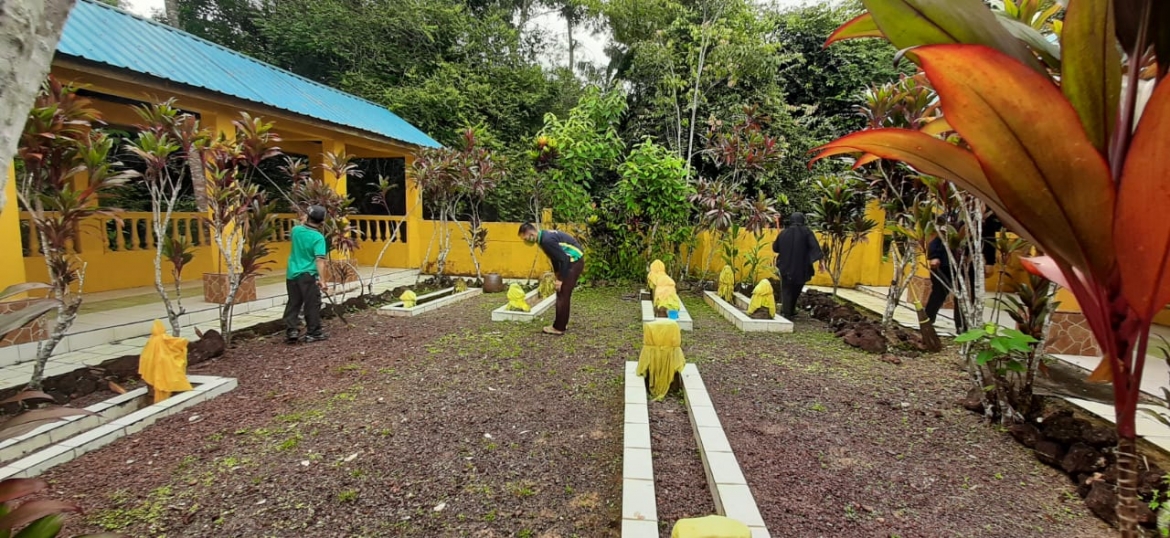
Bukit Batu Tomb Bintan
The Bukit Batu tomb complex is a tomb complex for the Bentan Malay Royal family and is a historical relic on the island of Bintan.
The Bukit Batu Tomb Complex has not been designated as a cultural heritage site by the local government but has been inventoried by the BPCB Batu cage as a Cultural Heritage with inventory number 10/BCB-TB/C/03/2010.
This tomb is located in Bintan Buyu Village, Teluk Bintan District, Bintan Regency, Riau Islands. Geographically, this tomb is located on flat community plantation land with an astronomical location of N 01°05’15.1″ E 104°26’45.4″.
Judging from the historical description, in this Bukit Batu tomb complex there are 6 tombs, including: (1) Budayana, (2) Wak Pok (wan Empuk), (3) Wan Malani, (4) Wan Sri Beni, (5) Tok Telani , (6) Tok Hile (Tok Kelaun).
Wan Pok and Wan Telani are two women from Siguntang Mahameru Hill. They came to Bintan following their husbands (Nila Pahlawan and Krisna Pastor) who were friends of Sang Sapurba and Demang Lebar Daun who was the ruler of Sriwijaya. They moved to Bintan in the XII century.
Meanwhile, Tok Telani is the son of Demang Lebar Daun. He assumed office after Bintan opened a new country in Tumasik (Singapore). Meanwhile, Wan Beni was the princess of Bintan who married Sang Nila Utama, son of Sang Sapurba. Tok Hile was a close relative of Bundayana (empress) who helped run the government and on one of the gravestones there is the number 974 Hijriyah (1566 AD) [1].
This tomb was first recorded by Johanes Elias Teysman, a botanist from the Bogor Botanical Gardens in 1872, who published it in the Report of a Botanical Expedition to the Bangka, Riau and Lingga Regions. Six years later in 1883, a Dutch person, J.G Schot, also reported the existence of this tomb in his writing entitled Bijdrage ot Kennis van Oud Bintan (Contribution to Knowledge of the History of Old Bintan).
Each grave in the Bukitbatu Marhum Cemetery Complex consists of two tombstones made of stone. If you pay attention, the type of stone used on Marhum Bukitbatu’s tombstone is the same as that used on the graves in Penyengat and those in Lingga, namely red stone and sedimentary stone.
Of these 6 tombs, only one has a cylindrical tombstone, the others have flat tombstones. Based on research conducted by Othman Yatim regarding Batu Aceh, the cylindrical headstone found in Marhum Bukitbatu’s grave is a headstone that developed in the 18th century, while the flat headstone developed in the 15th century. The jirat parts of the tombs in Marhum Bukitbatu’s cemetery have been decorated with ceramics.





Leave your comment